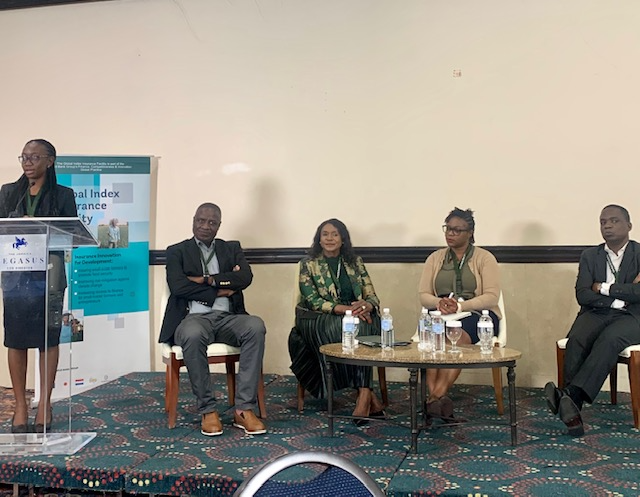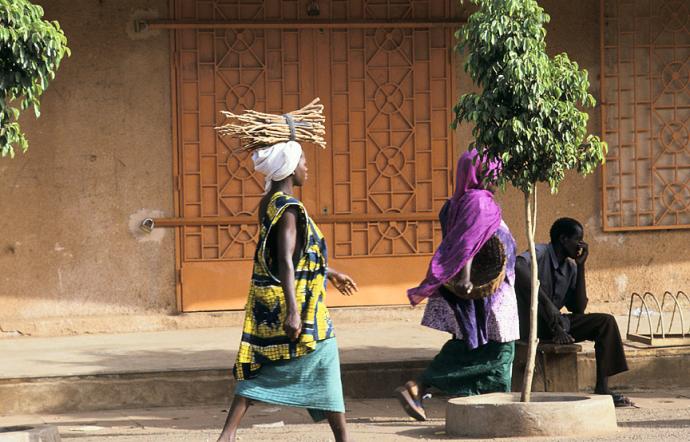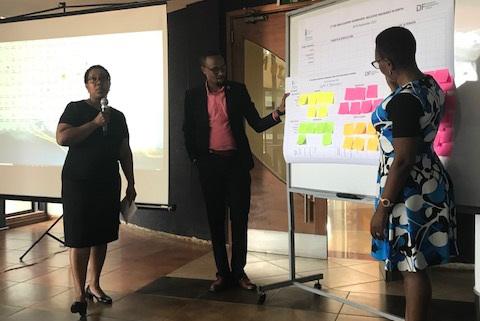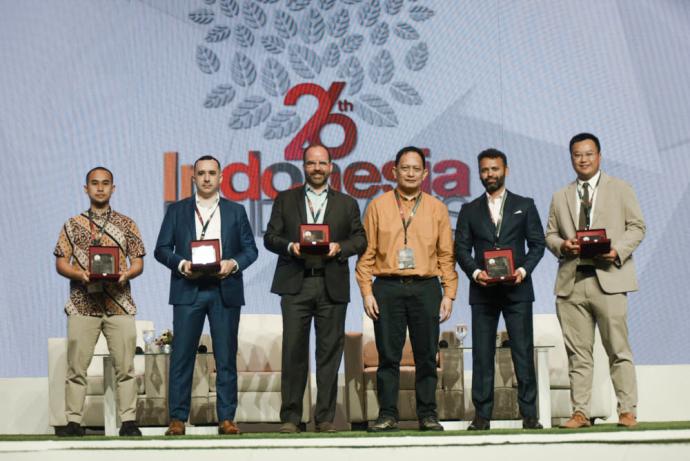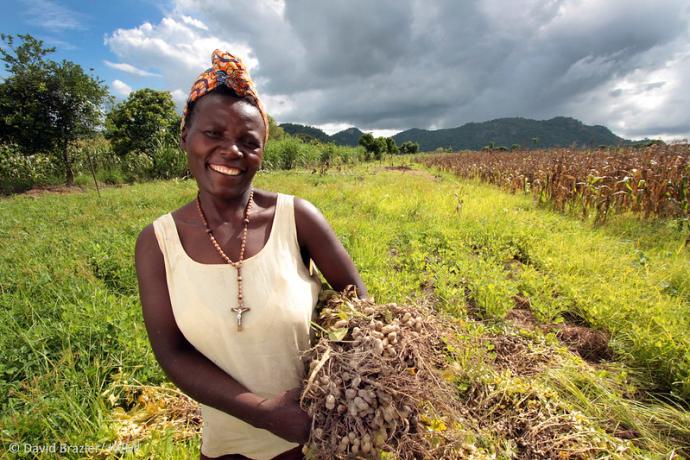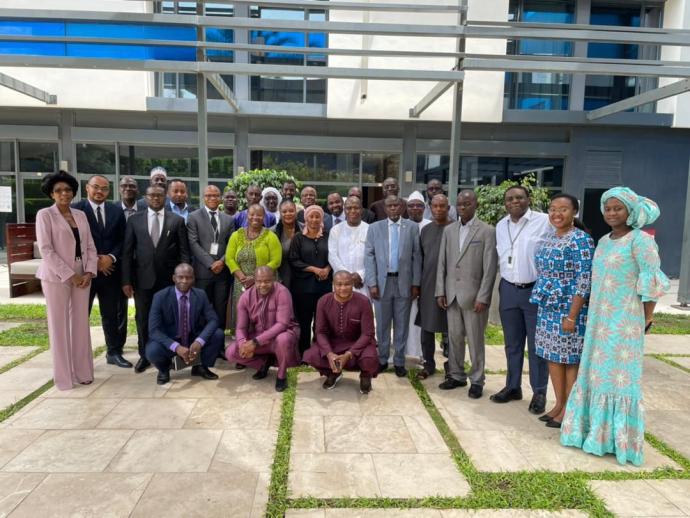26
Jan
The Philippines is highly dependent on the agribusiness sector, which employs close to one third of its workforce and takes up to 40% of the country’s land. The country and the agricultural sector are also highly vulnerable to climate risks; it is ranked among the world’s highest disaster prone countries, and it is ranked the 3rd most disaster prone country in the world, experiencing multiple typhoons a year. These natural events cause significant damage to farms and the assets of small-holder farmers. The high risk of typhoons is one of the main reasons why most banks are unwilling to extend


